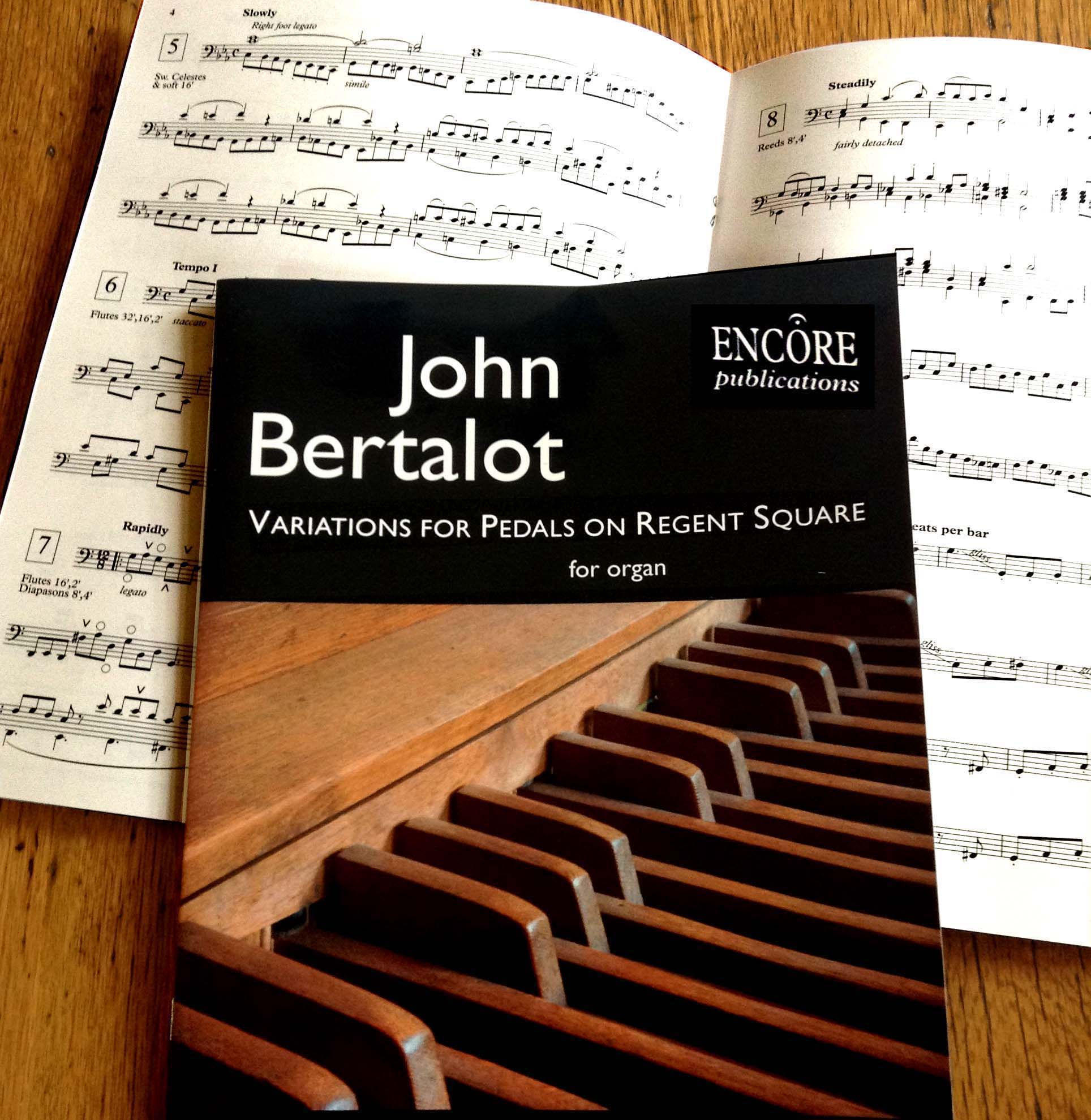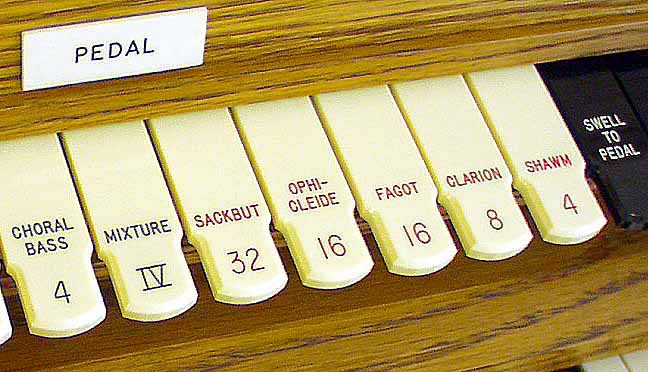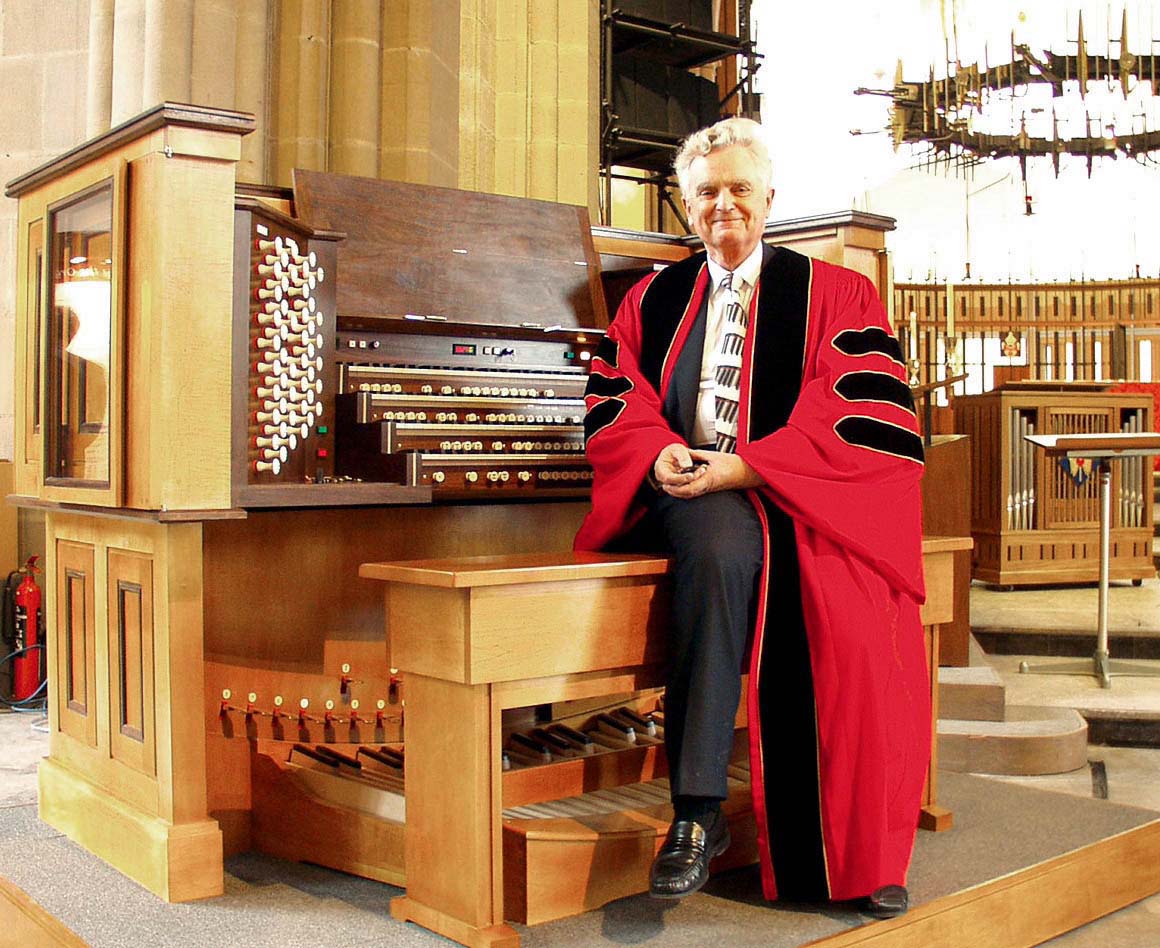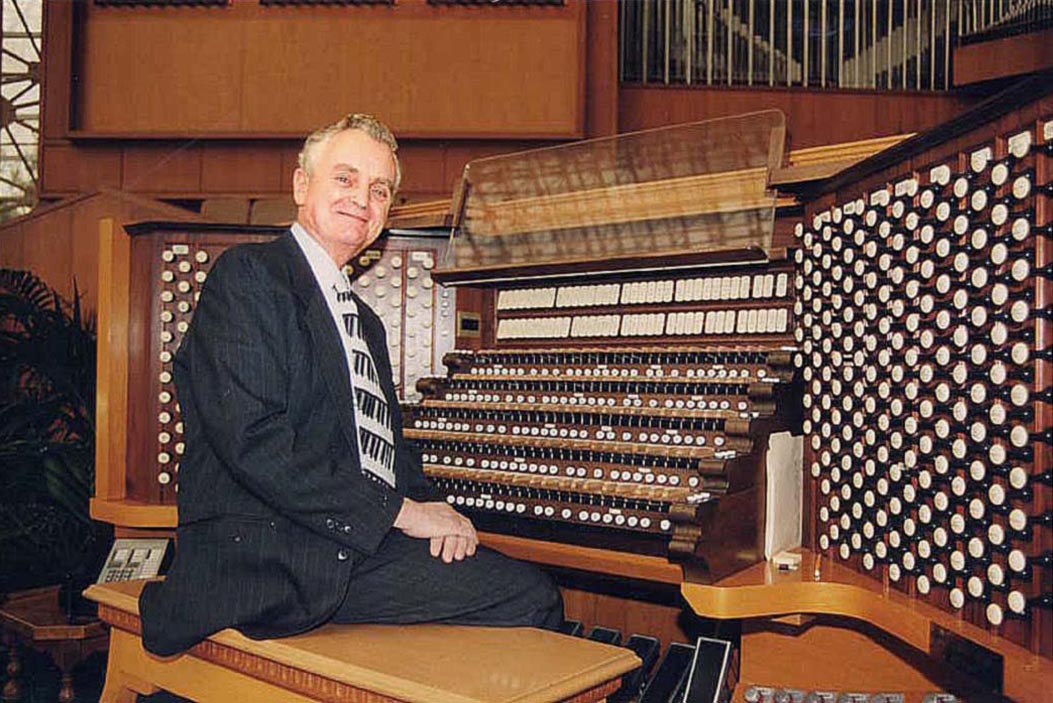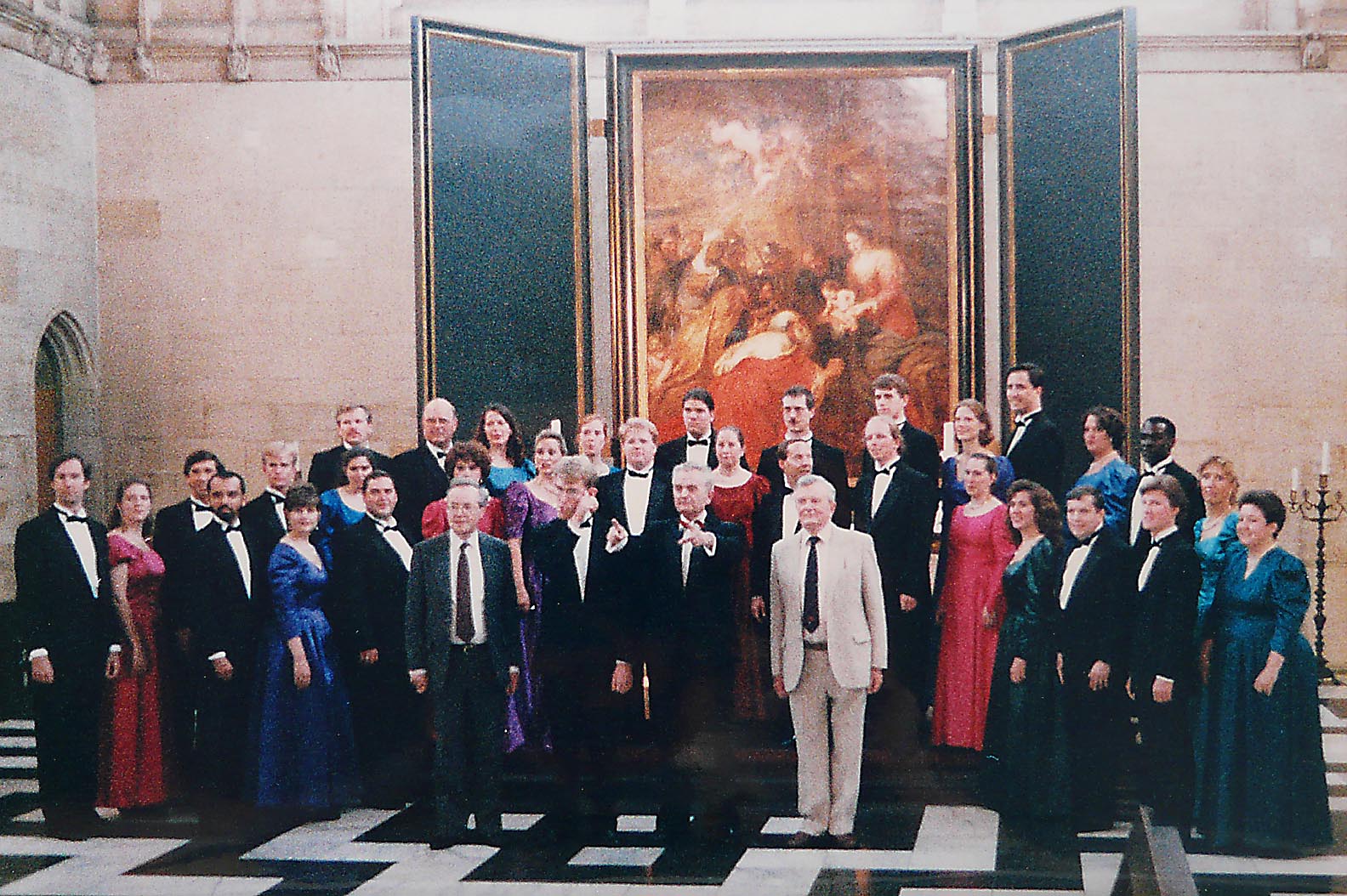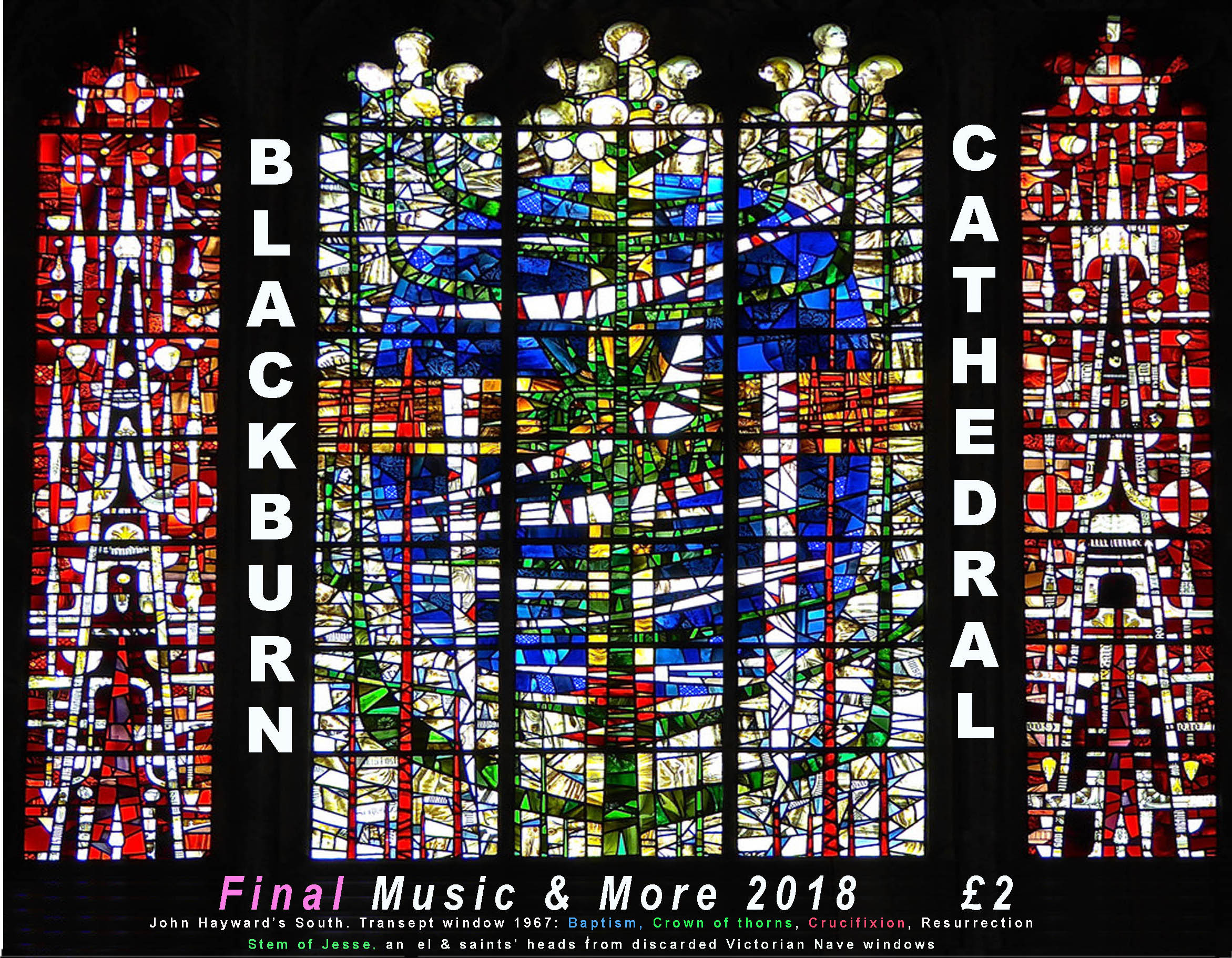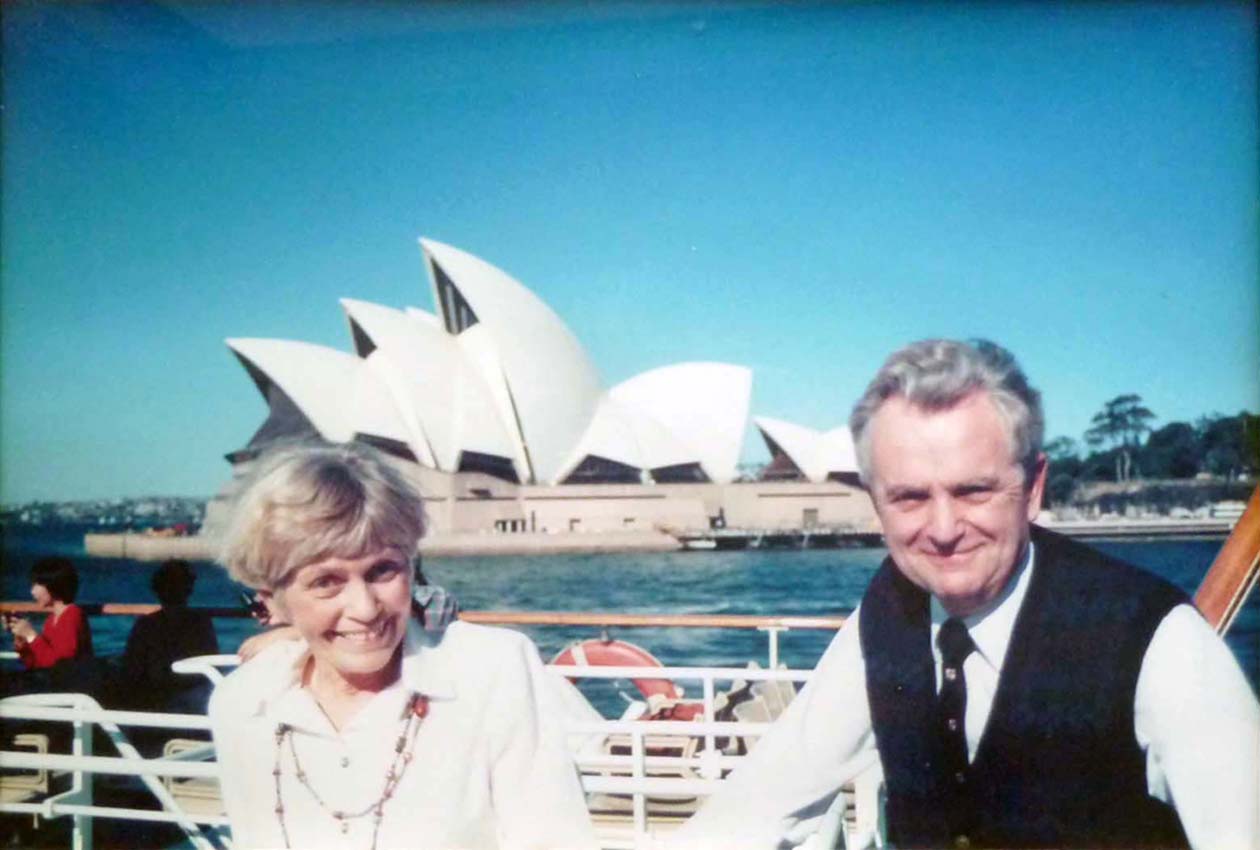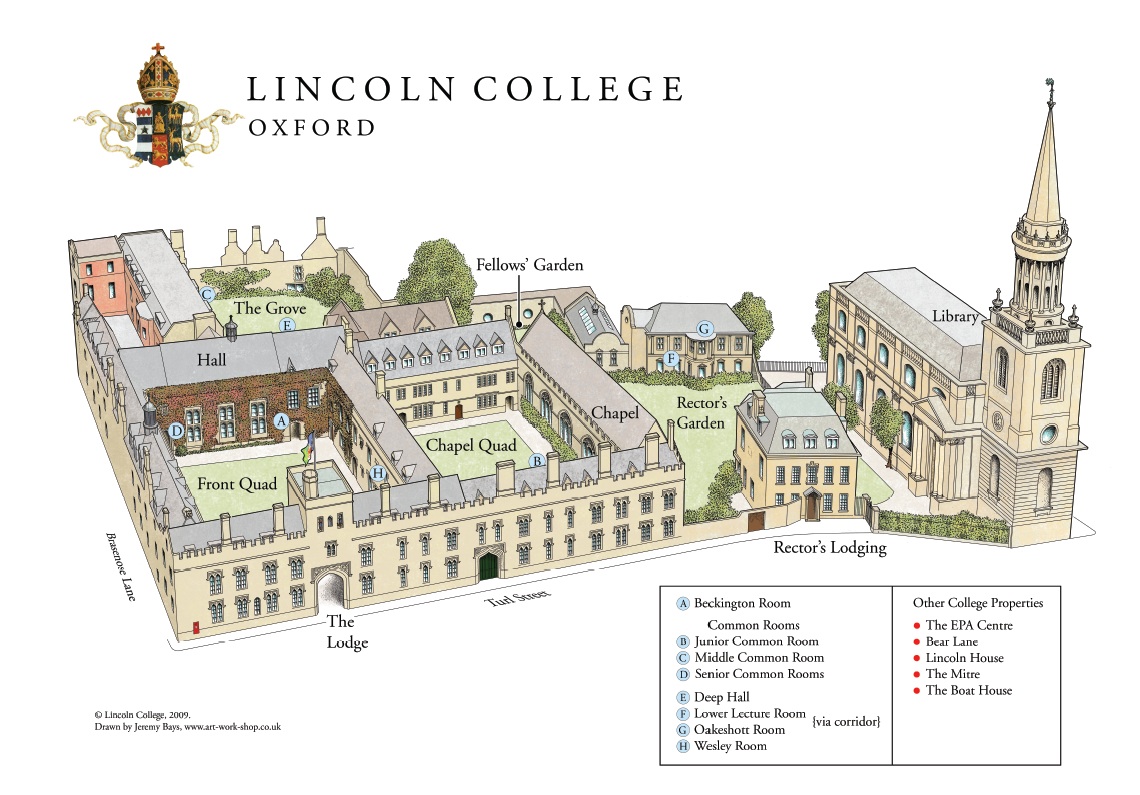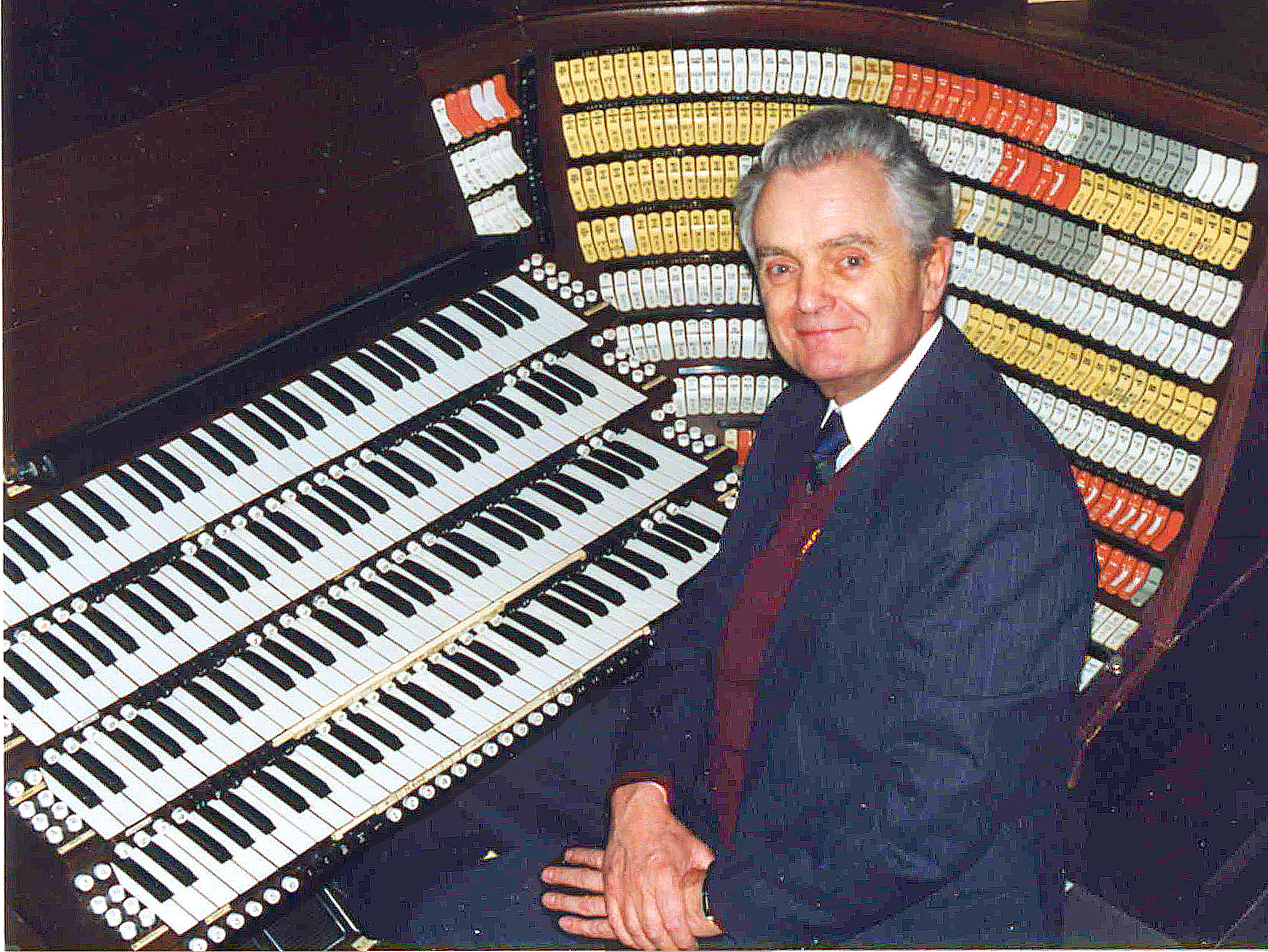How to transform your choir
and fill your stalls
with enthusiastic singers
15 TEACHING RHYTHM TO CHILDREN
IS SO EASY!
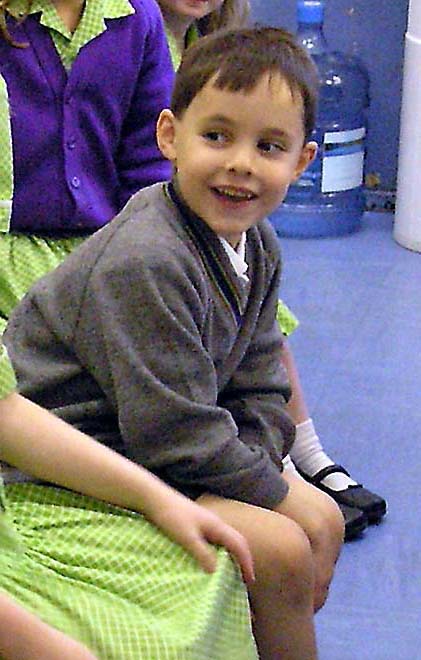
by Dr John Bertalot
Organist Emeritus, St. Matthew's Church, Northampton
Cathedral Organist Emeritus, Blackburn Cathedral
Director of Music Emeritus, Trinity Episcopal Church, Princeton, NJ, USA
Teaching children to read music – No. 1 Rhythm
Wouldn’t you love it if your young choristers could read music? A few years ago, when I was leading choral workshops in South Africa, I was invited early one morning to a junior school where I was presented with a class of 40 children between the ages of 7 to 9 who were sitting on the floor in their school hall watched by their teachers. The children had name labels on and there was a piano and a whiteboard, and I was invited to do something with them for the next hour!
Fortunately I’d written a book on how I taught the girls and boys to read music in my own choirs in Trinity Church, Princeton, New Jersey, (they could sing almost anything correctly at first sight – this saved so much rehearsal time) and so I wondered how much I could achieve with these children who didn’t sing in a choir. Here’s a reconstruction of what happened:
‘Good morning, children. How many of you play an instrument?’ Several hands shot up. There were three or four pianists, five or six recorder players, a guitarist and a trumpeter.
‘How many of you can hear your heart beating? … Yes, it goes, tick-tock, tick-tock. The beats keep you alive, don’t they? Music also keeps alive through beats.
‘Who can tell me what this note is called?’
![]()
I wrote a crotchet on the whiteboard. Several children gave the right answer. ‘Yes, Dorothy and Francis. Who can spell ‘crotchet?’ There were several attempts. I wrote the word on the board for everyone to see. ‘Who’d like to write some more crotchets for me?’ I chose three children who each inscribed a carefully written crotchet, making four.
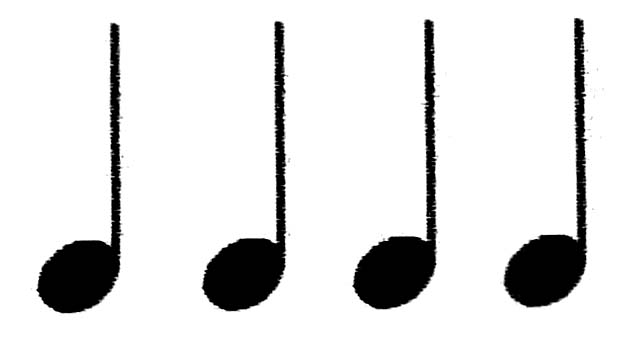
‘Don’t they look good! Now who can tell me how many beats a crotchet has? Is it one or is it two?’ A boy said, ‘Two!’ ‘That’s nearly right, Ian; try again!’ ‘One?’ ‘Well done! Yes, one.’
You’ll have noticed that so far I’d used five principals for successful teaching:
1 Calling children by their name – that makes for creative contact with your pupils.
2 Get the children to tell you what it is that you want to tell them. That way they’ll ‘own’ the answer and remember it because they are proud at having given the right answer.
3 Let the children see new words written down so that they can understand what you’re talking about. Seeing a word will help them to remember it.
4 When you ask a question, express it so that there are only two possible answers: Is it ‘a’ or is it ‘b’? This will focus the children’s minds where you want them to be. Never ask an open-ended question such as, ‘What’s wrong with this?’
5 When someone chooses the wrong alternative after you’ve asked your question, never say ‘No’ – for that’s a put-down. Instead give that child a second try and show that you’re pleased when they get it right. This may seem puerile, but it works!
‘And so if crotchets are worth one beat each they’ll sound like this.’ And I clapped four very strong crotchet beats. ‘Who’d like to clap four crotchet beats for me?’ Everyone’s hand shot up. ‘All right, let’s all do it; I’ll point to the notes and you clap. One-two-ready-go!’ And I pointed to each crotchet note very rhythmically, jab-jab-jab-jab, while the children clapped.
6 Always make your theory immediately practical. There’s nothing so boring as theory. But introduce only one new concept at a time, and straight away show how it works in practice.
7 Notice that I did not clap with the children, for that would have had nothing to do with the written crotchets; they had to realize that they were clapping four crotchets, not just clapping.
‘Well done! But were we all clapping together?’ ‘No!’ ‘Let’s try it again. One-two-ready-go!’ Jab-jab-jab-jab … ‘That was better, but was it really, really together? Let’s have the girls clapping those four notes … Well done, girls. Now the boys … my word, that was good, wasn’t it! Now let’s all do it.’
8 Set high standards. Children respond to challenges when they see how they can reach them. Getting answers only nearly right is a sure way to lose their attention.
9 Competition between groups is another sure way to sharpen children’s interest. (It also works for adults! ‘Basses, you try it, and then the sopranos!’)
![]()
‘Who can tell me what a two-beat note is called? … Yes, Sheila, it’s called a minim. Would you like to write one on the board for me after the four crotchets? … well done! Who can spell ‘minim’ for me? … Yes, Michael. Would you like to write it on the board for us?’
10 It would be much quicker for you to write everything on the board yourself – but your aim is not speed but depth. Asking children to write examples on the board themselves helps them to remember what you are teaching, for they will take pride in their handiwork.
‘A two-beat note is clapped like this.’ I clapped my hands once and, keeping them tightly clasped, made a very strong downwards movement for the second beat. Clap-two!
11 Occasionally you do have to tell children something. But make sure that it’s crystal clear, and brief!
‘Let’s all clap the minim while I point to it … One-two-ready-go!’ Clap-two! (I jabbed my finger at the note-head for ‘one’ and slipped it up the stem sharply for ‘two’.) ‘Is everyone keeping their hands clasped for that second beat? … Let’s try it again … Is everyone making a very strong second beat? …Let’s try it again.’ (See principal No. 8) ‘I know; let’s have two minims!’ And I wrote a second minim next to the first.
![]()
12 Sometimes you do need to write on the board yourself in order to keep the lesson moving. It’s a nice balancing act to know when to ask a child to write on the board and when to do it yourself.
‘Let’s clap those two minims … One-two-ready-go!’ Clap-two, clap-two! … ‘Who thinks that we can do that even better? … Let’s try it.’ (Principal No. 8, again.) ‘Now, who thinks that we can clap the four crotchets and the two minims while I point to the notes?. … (We went through the same process of getting it wholly right after several attempts.)
‘What’s a four-beat note called? Yes, Dick – a semibreve. Who can write a semibreve for me, next to those minims?’ (A similar process as for writing the other notes, including writing ‘semibreve’ on the board.) ‘Who can clap a semibreve for us?’ (There was no need to show them how to do this for the quicker children worked out from my earlier teaching how to do it – with a vigorous movement of clasped hands for the 2nd, 3rd and 4th beats: Clap-two-three-four.)
‘Let’s see who can clap these notes best while I point to them: four crotchets, two minims and a semibreve. Let’s have the front row trying first, and then the second row, and so on and then finally everyone.’ (See principal No. 9.)
![]()
‘Now for the exciting part! Let’s write a different rhythm and see if we can clap it! Shall we start with crotchets or minims? Yes, I think crotchets – two or four? Two! … What shall we have next? Yes, a minim … Shall we repeat those first three notes? Yes, I agree. What shall we end with? What a good idea – a semibreve! Who thinks that they can clap it correctly? Yes, Nicholas, you try first …’
![]()
13 This is a good example of getting the children to tell you exactly what you want to tell them. I intended to create this simple series of rhythms, but by the way I asked the questions I steered the children, without their realizing it, to give the answers I wanted!
And so, within about 20 minutes I had introduced the children to the practical concept of rhythm in music, enabling them to understand every step and to feel excited about what they were achieving. The next step was sight-singing pitch. See my next article!
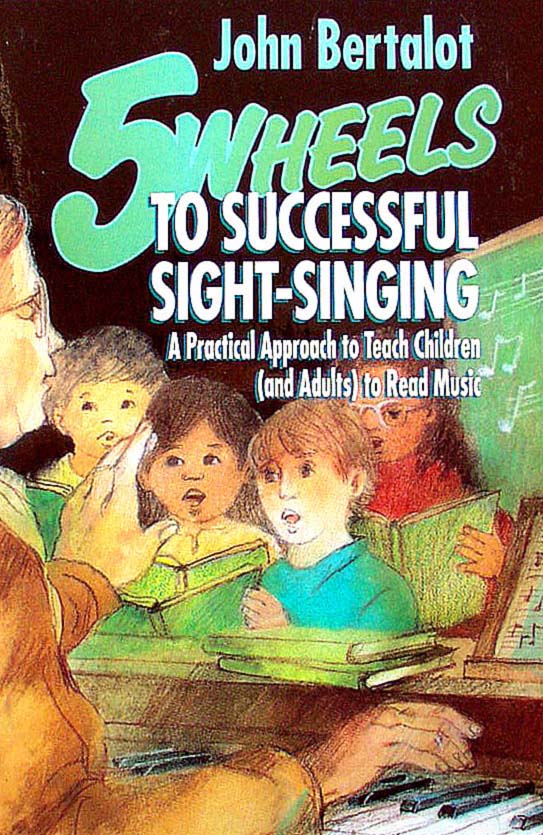
Available online, or from Amazon
© John Bertalot, Blackburn 2013





